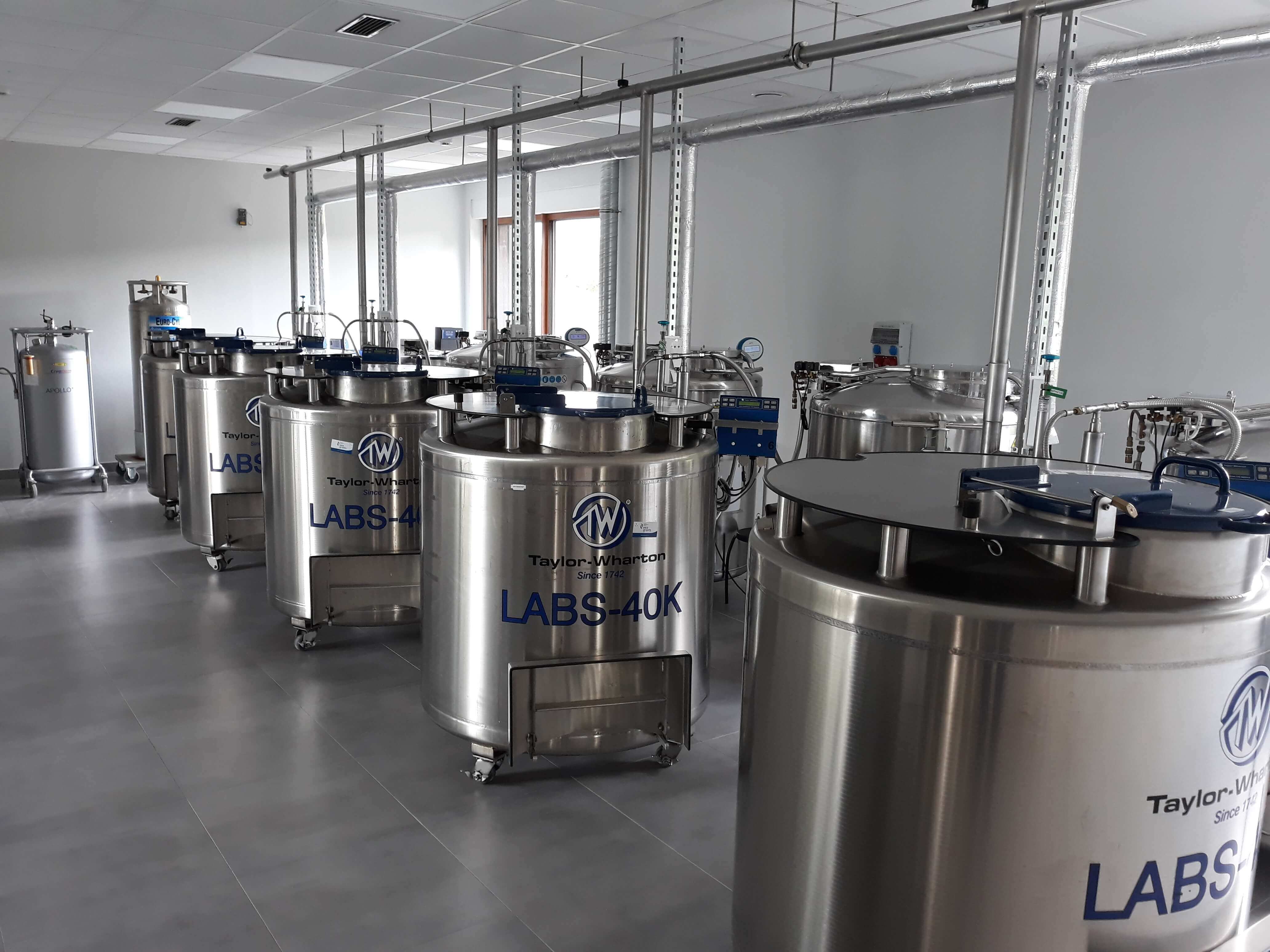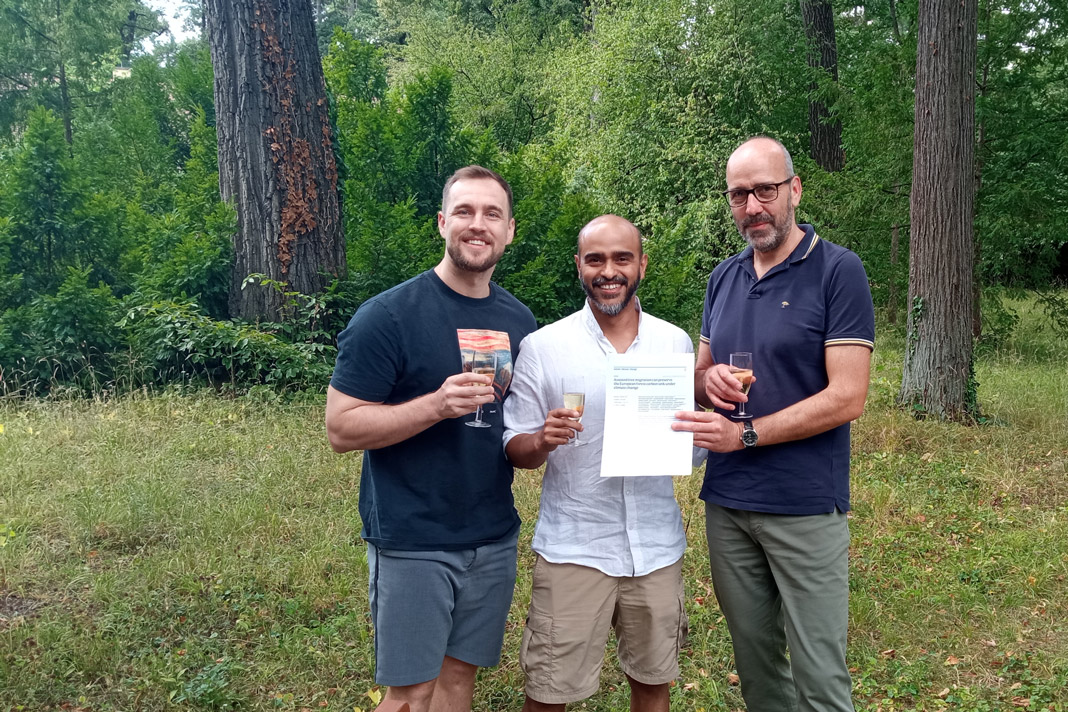Safeguarding seeds in the deep freeze
The Kostrzyca Forest Gene Bank in Poland recently opened a new facility for storing seeds at very low temperatures. The new cryobank extends the work that the FGB has been doing since 2005, increasing its capacity to safeguard the genetic diversity of trees such as oaks (Quercus spp) and other threatened plant species that cannot simply be stored as dried seeds.
Botanists recognize three different categories of seeds: orthodox, intermediate and recalcitrant. Orthodox seeds, like European larch (Larix decidua Mill.) can be dried and stored frozen to preserve their viability. By contrast, recalcitrant seeds, for example Sycamore (Acer pseudoplatanus L.), do not dry out as a final stage in their maturation. They are often damaged by additional drying and by chilling, making them very difficult to conserve for long periods. Intermediate seeds, such as beech nuts, can be frozen, but if they are too dry they will be damaged by low temperatures.
Ash dieback and Dutch elm disease provided an impetus for the Forest Gene Bank to conserve genetic resources from more than 286 different ash and elm populations, as well as many single specimens. In addition to forest species, they have also paid attention to the rarest endangered plants of all kinds from across the country.
The new cryobank contains 11 large tanks that can each store around 30,000 cryovials with seeds at temperatures below -170°C. There are also several smaller vacuum flasks filled with liquid nitrogen at -196°C. These contain material that cannot be stored as seeds, such as oak plumules. The plumule consists of the growing tip of a stem surrounded by the primordia that will become leaves, but you cannot just drop it into liquid nitrogen.
Special detailed protocols have to be developed for each species, for example to prevent ice crystals from damaging the cells. Research at the Kostrzyca Forest Gene Bank pioneered these protocols for many species. The technical capabilities of our cryobanks, ensuring that material can be safely conserved for the long term, are the basis for wide cooperation with many other institutions that bank living material.
The cryobank now stores genetic resources of more than 1300 populations of 160 species of trees, shrubs and herbaceous plants—mainly plants threatened with extinction from the habitats of Polish forests and meadows.
One important consideration is that while habitat loss is a general threat that reduces genetic diversity, some specific phenomena, such as pest and disease epidemics, droughts and floods, windthrows and fires, are essentially unpredictable. That means that we cannot rely exclusively on in-situ conservation and must be prepared to safeguard genetic resources ex-situ. Cryobanks are particularly important in this regard for many forest tree species.
For more information, please contact Małgorzata Pałucka from the Forest Gene Bank Malgorzata.Palucka@lbg.lasy.gov.pl
Genetic resources stored in the Kostrzyca FGB
So far, on the list of genetic resources stored in the Kostrzyca FGB in the form of seeds, fragments of seeds and winter buds are among others: shrub birch Betula humilis Schrank, European beech Fagus sylvatica L., Downy birch Betula pubescens Ehrh., Silver birch Betula pendula Roth, Wych elm Ulmus glabra Huds., Common yew Taxus baccata L., Sessile oak Quercus petraea (Matt.) Liebl., European oak Quercus robur L., Common hornbeam Carpinus betulus L., Common juniper Juniperus communis L., Silver fir Abies alba Mill., Wild service tree Sorbus torminalis (L.) Crantz, Common ash Fraxinus excelsior L., sycamore Acer pseudoplatanus L., European larch Larix decidua Mill., Scots pine Pinus sylvestris L., Field elm Ulmus minor Mill., European white elm Ulmus laevis Pall. and many more.







